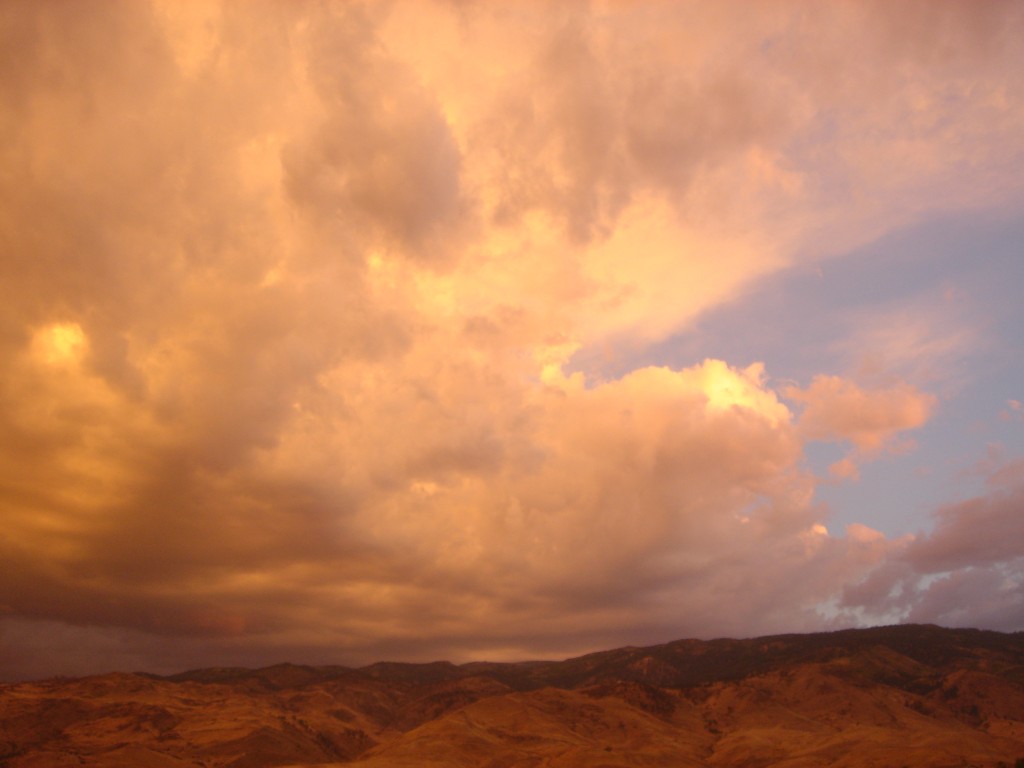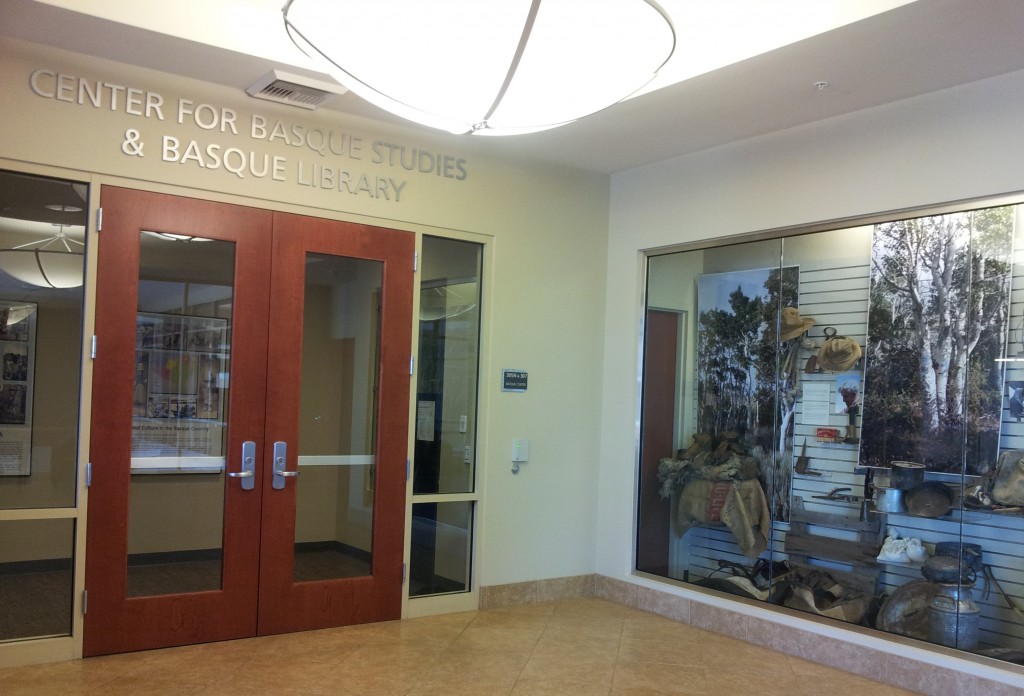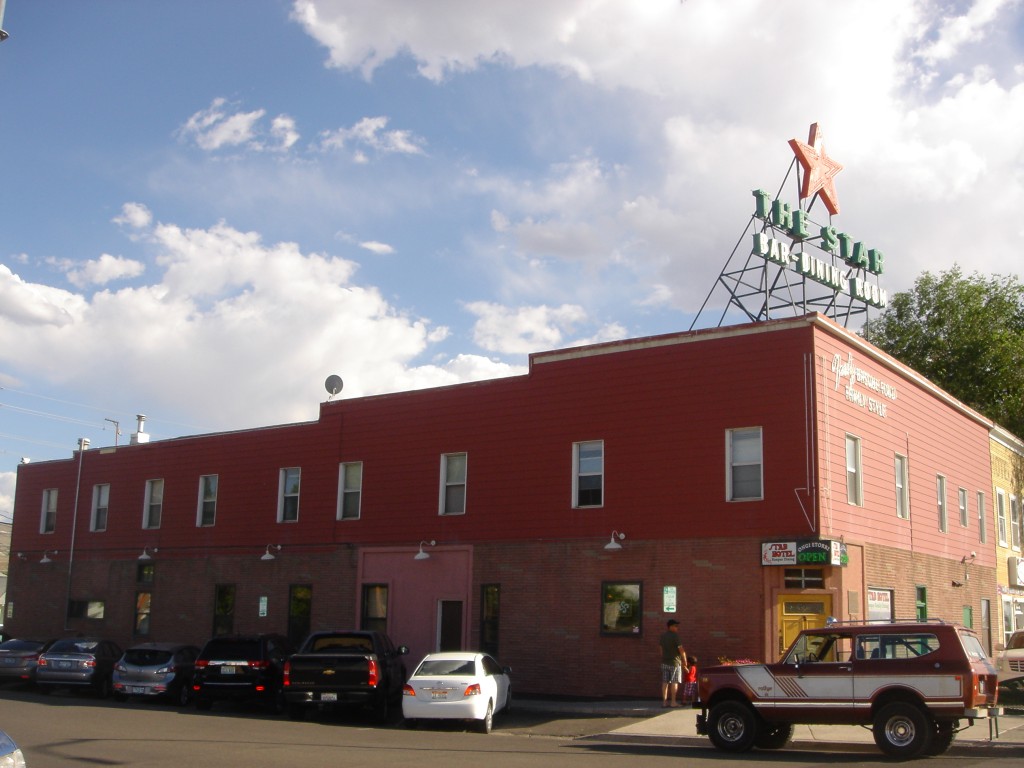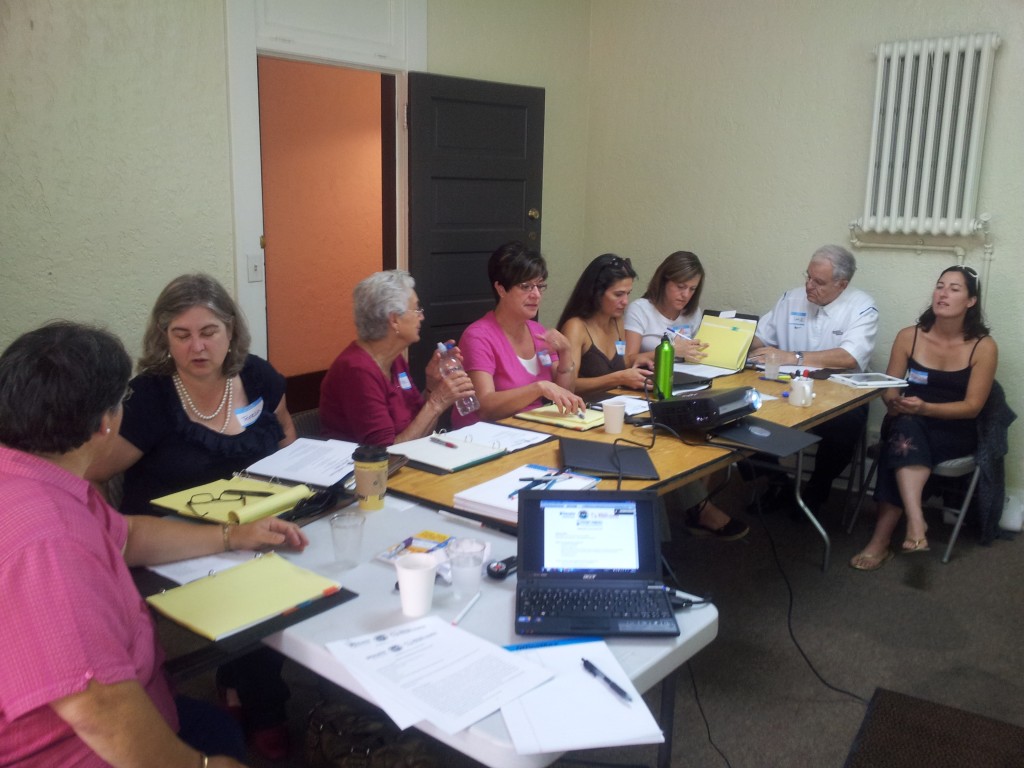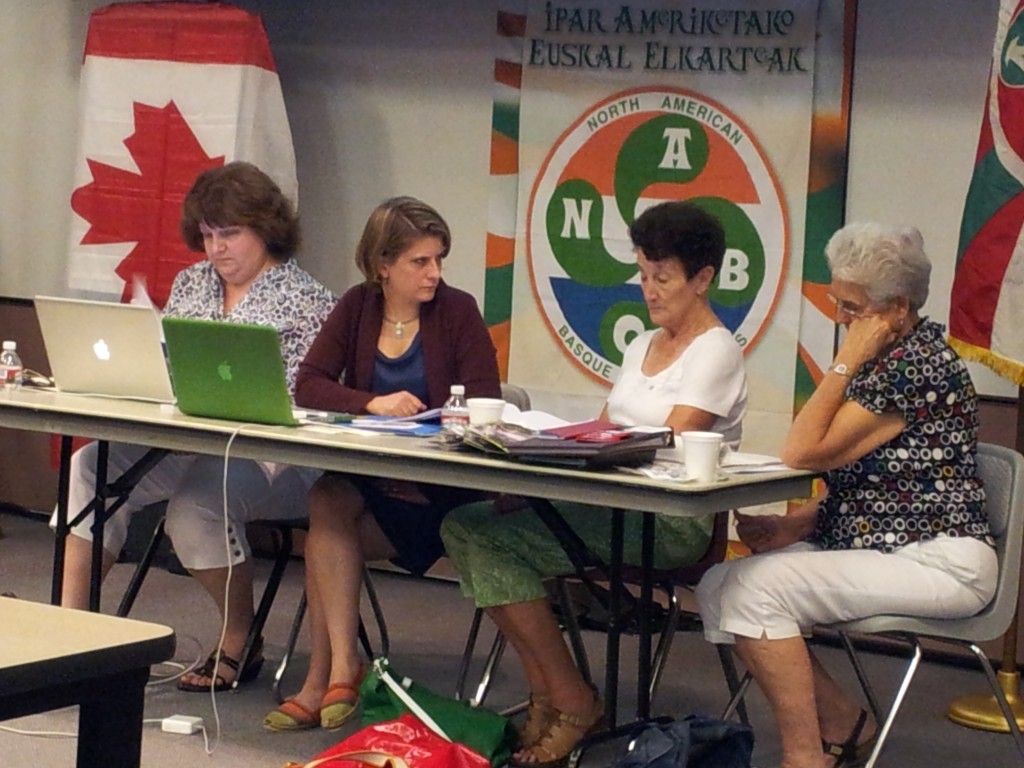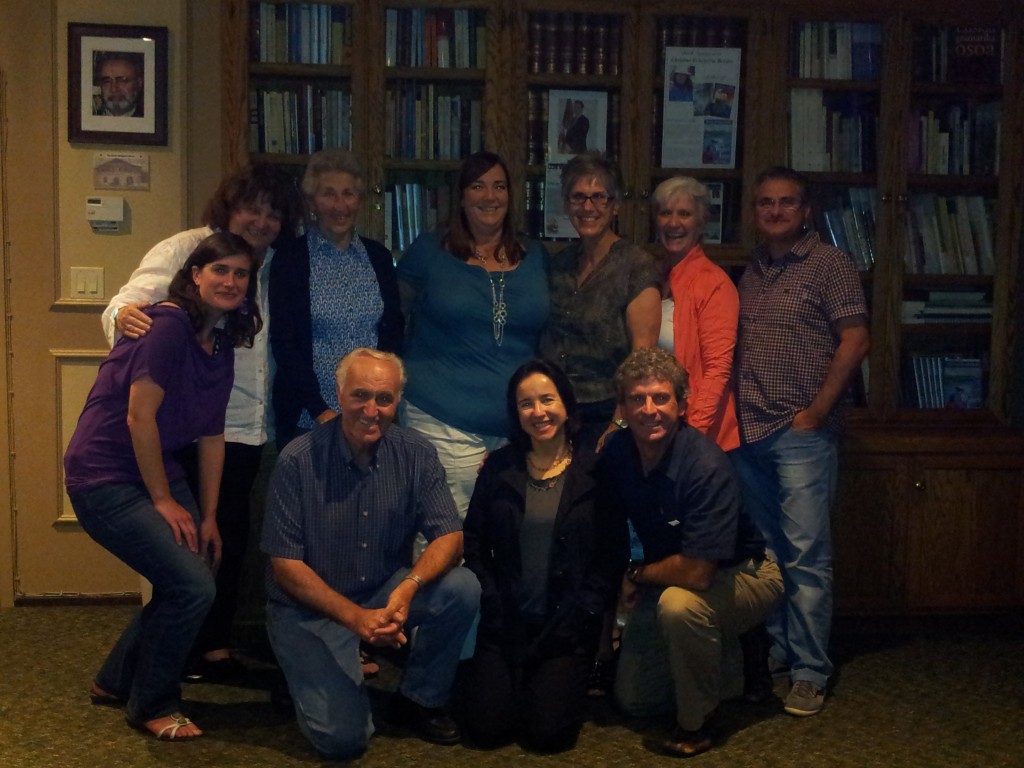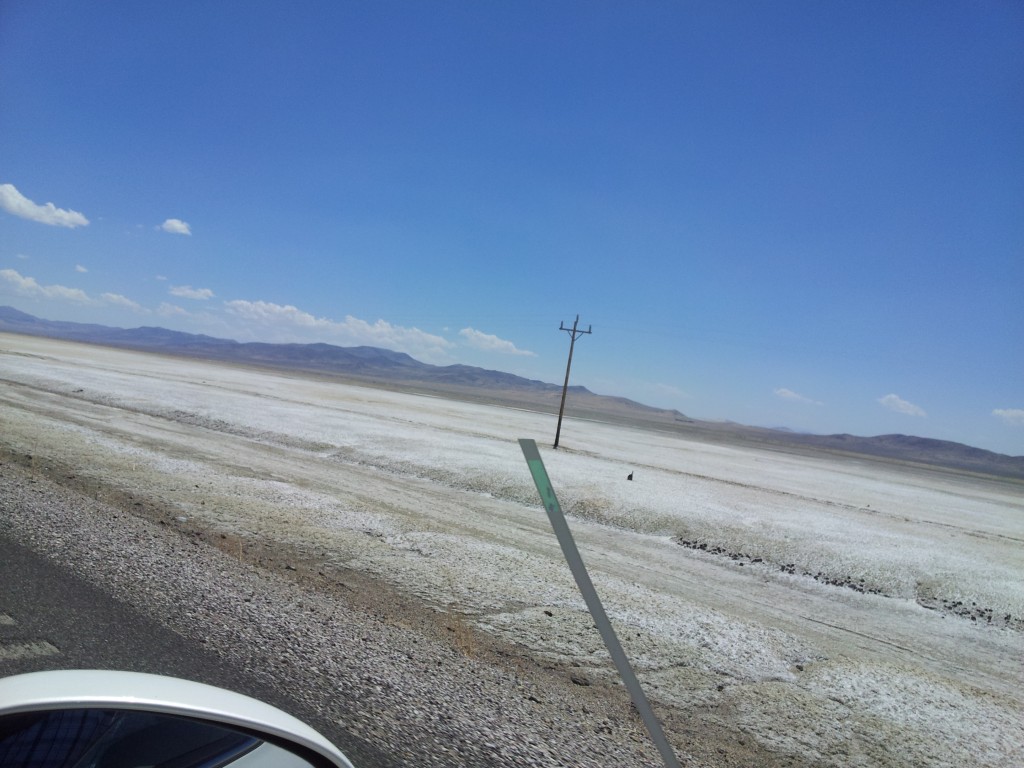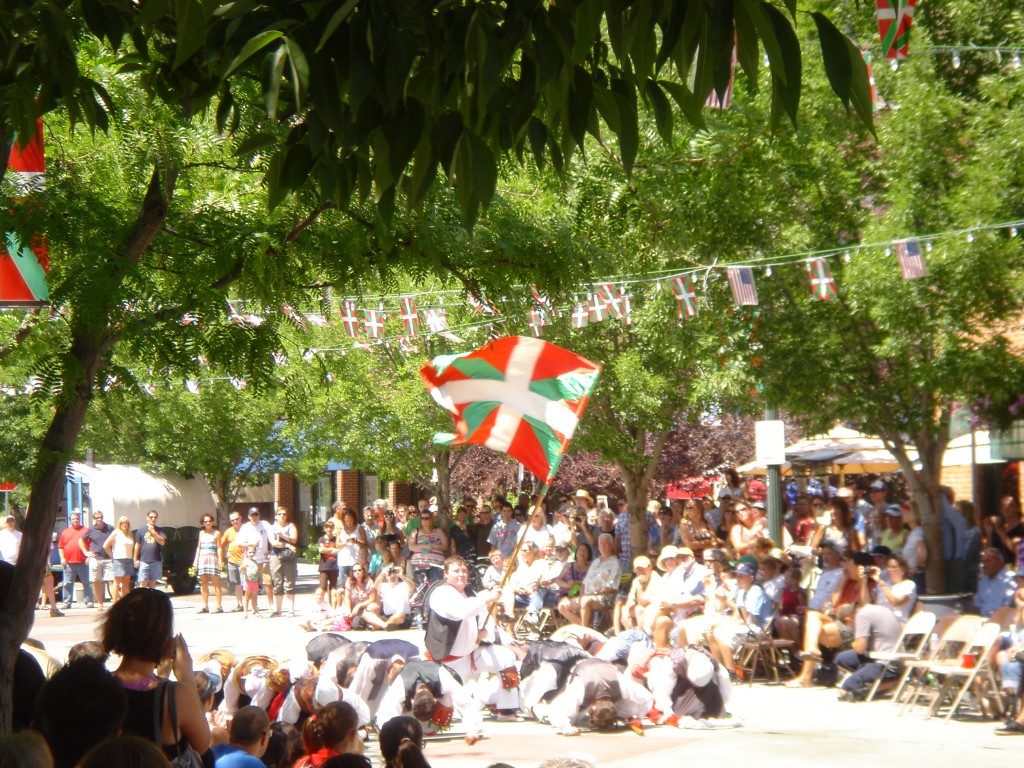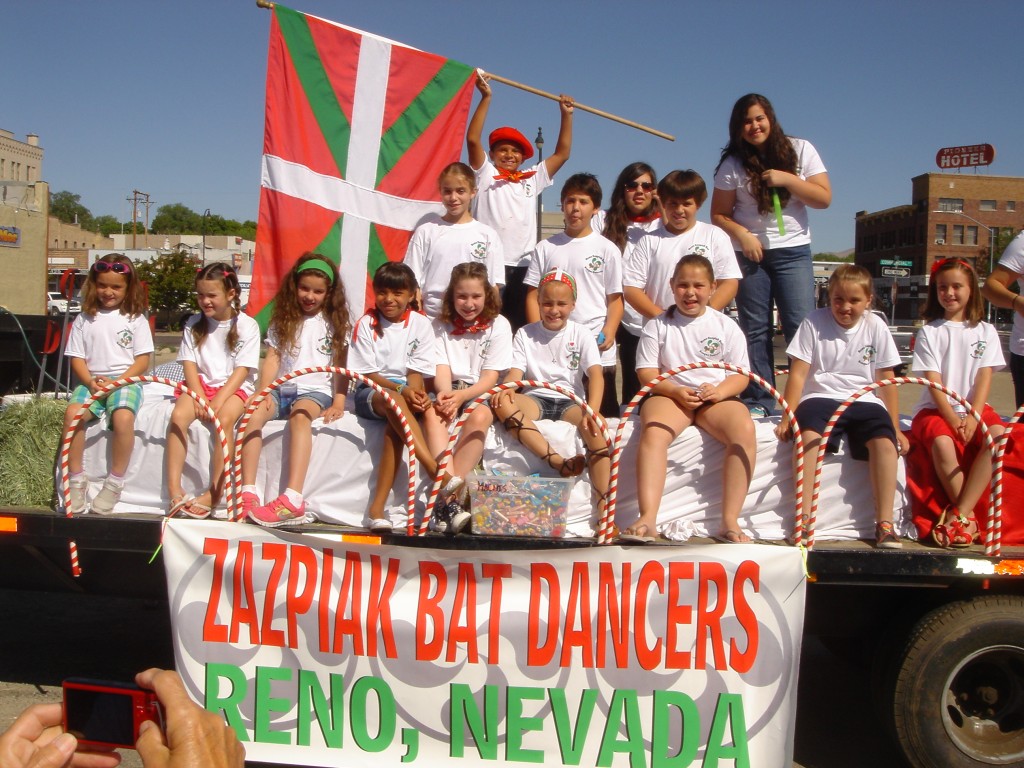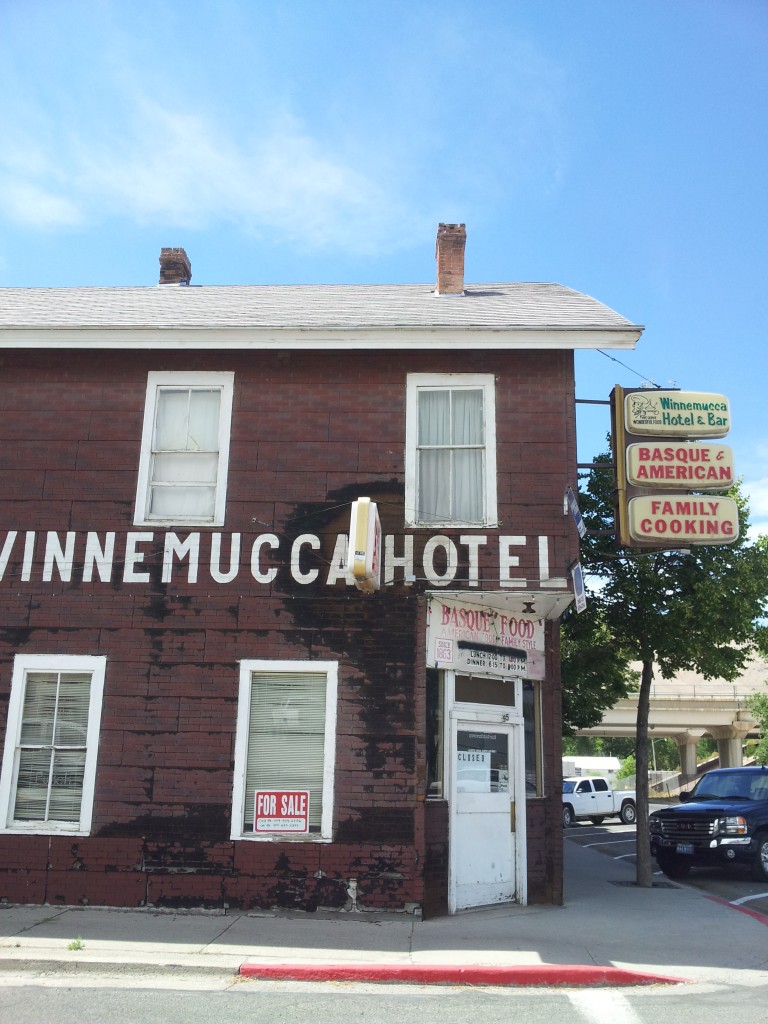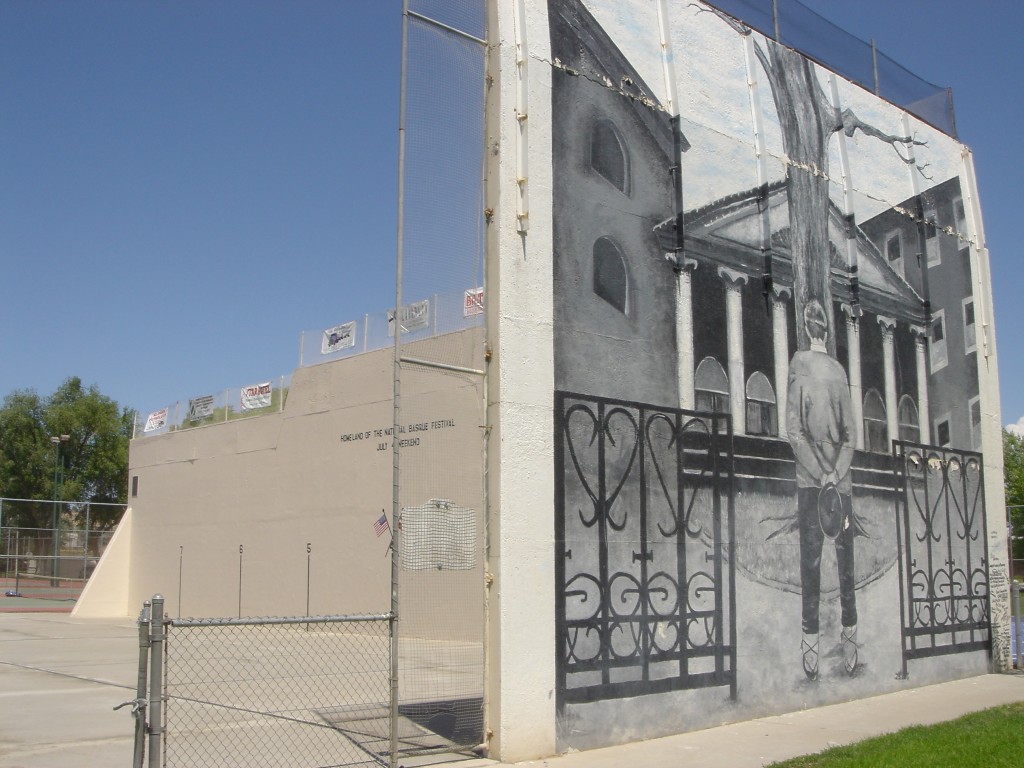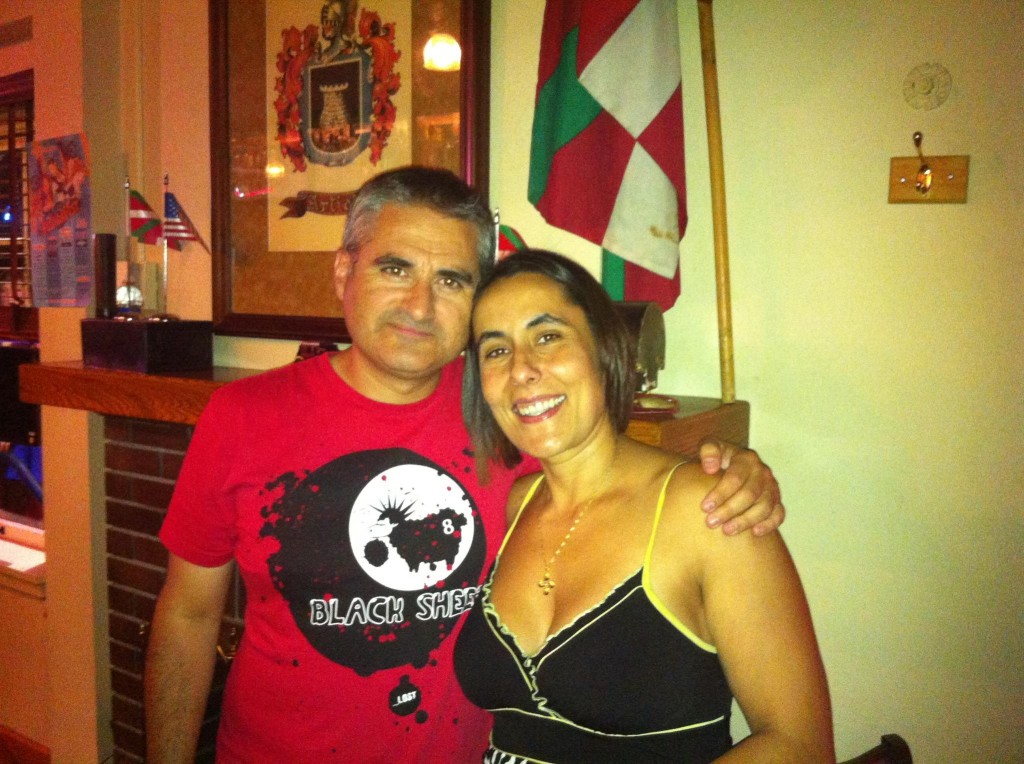“Pero sucede también que, sin saber cómo ni cuándo, algo te eriza la piel y te rescata del naufragio”
Ismael Serrano (Sucede que a veces, 2005)
— ¿Sabes a qué día estamos?
— Estamos a 30. Me lo preguntas por el blog ¿verdad?
— Pues, sí. ¿Y? ¿Tienes preparado algo? No me digas que este mes no vas a escribir nada.
— No sé qué decirte. Me siento mal porque va a ser la primera vez que no escribo en los cuatro años de vida de Basque Identity 2.0. ¡Cómo pasa el tiempo! Cuando empezó todo esto me decía, “Qué menos que escribir al menos una vez al mes”. Pues ya ves, estamos a 24 horas de terminar mayo, y…nada de nada. No sé me ocurre nada. Quizás es hora de pensar que todo lo que tiene un inicio también tiene un final…
— ¡¡Cuatro años!! Y además estáis de enhorabuena, acabáis de renovar el diseño de todos los blogs…Si es que ya no nos da la vida. Cuánta razón tienes. Nos pasa a todos. No te preocupes. En fin…¿Y en que andas metido?
— Estoy preparando un trabajo que voy a presentar en una conferencia sobre “Testimonios Digitales de Guerra y Trauma” en Róterdam, entre el 12 y el 14 de junio. Ah, y lo mejor es que ya tenemos preparado la nueva edición de Euskal Herria Mugaz Gaindi, y ya va por la novena. Y esta vez lo hacemos en Bilbao.
— ¿Y de qué va?
— Vamos a hablar sobre las diversas migraciones y exilios vascos que han ocurrido a lo largo de la historia, pero haciéndolo desde la perspectiva de aquellos que regresaron a Euskal Herria. La verdad es que estoy muy ilusionado con el seminario por la buena aceptación que ha tenido: una veintena de ponentes, de once instituciones, de seis países…Y pensar que tan solo hace nueve años Mugaz Gaindi era una pequeña reunión de amigos interesados en el devenir de los estudios vascos y de aquellos que en su día abandonaron el país. Es increíble cómo cambia todo. Y sucede que a veces cambia a mejor.
— ¿Y cómo se llama? ¿Cuándo es?
— El título del seminario es “Reflexiones sobre los Retornos en las Migraciones y los Exilios Vascos”, y tendrá lugar en la Universidad de Deusto los días 18 y 19 de junio.
— Vaya mes que te espera.
— Pues, a finales de junio me voy a Estados Unidos con un nuevo proyecto de investigación.
— ¡Qué suerte! Ya me contarás. Dime, ¿y cómo vais a celebrar el décimo aniversario del Mugaz Gaindi?
— Y si te digo…Nueva York, Nueva York…pero bueno esa es otra historia.
— No me extraña que no tengas tiempo para el blog.
— Podría decirse que es así, el trabajo, ya sabes, pero…solo en parte…al principio del mes me volvió a escribir…
— ¿Ha vuelto de América?
— No. Sigue allí, tan lejos y tan cerca como siempre.
— ¿Qué te decía?
— Recordaba su última carta: “Anoche soñaba que despertaba jugando con tu pelo, que paseábamos por la arena y que tus dedos de brisa acariciaban mis sentidos, y que recorría toda tu espalda muy despacio, sin prisa pero sin detener el tiempo. Anoche creíamos que la lluvia no pararía, y hoy el sol nos indica que el tiempo continúa. Echaré en falta todo lo que pudo ser…”
— Creo que es la mejor excusa que jamás he oído en mi vida para no actualizar un blog. Pero volverá, ¿verdad?
— Sucede que a veces la vida no es solo trabajo…“Y siempre es viernes, siestas de verano…abrazos que incendian la aurora en las playas del sur…”


